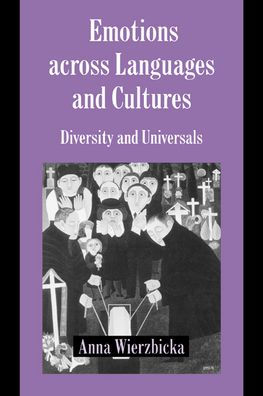5
1
9780521599719



Emotions across Languages and Cultures: Diversity and Universals available in Hardcover, Paperback

Emotions across Languages and Cultures: Diversity and Universals
- ISBN-10:
- 0521599717
- ISBN-13:
- 9780521599719
- Pub. Date:
- 11/18/1999
- Publisher:
- Cambridge University Press
- ISBN-10:
- 0521599717
- ISBN-13:
- 9780521599719
- Pub. Date:
- 11/18/1999
- Publisher:
- Cambridge University Press

Emotions across Languages and Cultures: Diversity and Universals
$49.99
49.99
In Stock

Product Details
| ISBN-13: | 9780521599719 |
|---|---|
| Publisher: | Cambridge University Press |
| Publication date: | 11/18/1999 |
| Series: | Studies in Emotion and Social Interaction |
| Edition description: | New Edition |
| Pages: | 364 |
| Product dimensions: | 6.00(w) x 9.00(h) x 1.10(d) |
From the B&N Reads Blog
